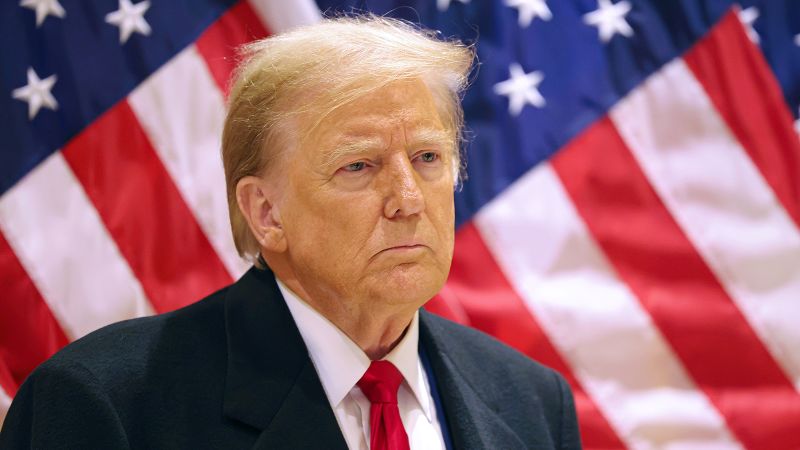Former President Donald Trump posted a video on Friday featuring an image of President Joe Biden tied up in the back of a pickup truck. Trump claimed the video was filmed on Long Island during the wake of NYPD Officer Jonathan Diller. The video showed two trucks with Trump-supporting flags and decals, with the image of Biden displayed on the back of the second truck. Trump’s campaign spokesperson Steven Cheung defended the video, accusing Democrats and crazed individuals of calling for violence against Trump and his family.
Biden’s campaign spokesperson Michael Tyler criticized the video, accusing Trump of inciting political violence by posting such imagery. He referenced Trump’s past statements calling for a “bloodbath” and inciting violence against groups like the Proud Boys. The US Secret Service declined to comment on the video, stating that they do not confirm or comment on matters of protective intelligence. This latest video adds to Trump’s pattern of using dark and violent imagery in his campaign messaging to garner support for his White House bid.
Trump has been known for his inflammatory rhetoric throughout his campaign and presidency. He recently warned of a “bloodbath” for the US auto industry and the country if he were to lose the 2024 election. Trump proposed a 100% tariff on cars made outside the US to protect domestic auto manufacturing. In previous statements, Trump has made derogatory comments about migrants, referencing them as “poisoning the blood” of the US, and has aligned himself with foreign leaders who use anti-democratic measures to maintain power.
In another instance of using violent language, Trump referred to his political rivals as “vermin” at a campaign event in New Hampshire. These comments drew condemnation from various individuals, including President Biden who likened Trump’s language to that of Nazi Germany. Trump warned the crowd about the threat posed by the radical left and pledged to root out communists, Marxists, fascists, and radical left “thugs” from the country. This rhetoric aligns with Trump’s history of divisive language and targeting political opponents through derogatory language.
Despite facing criticism for his use of violent imagery and rhetoric, Trump continues to employ such tactics in his campaign messaging. His aggressive language and warnings of potential violence if he does not win the election stand in stark contrast to traditional political discourse. Trump’s willingness to use dark and divisive language has galvanized his supporters but has also led to concerns about the impact of his messaging on the political climate in the US. As the 2024 election approaches, it remains to be seen how Trump’s inflammatory rhetoric will shape the political landscape moving forward.


